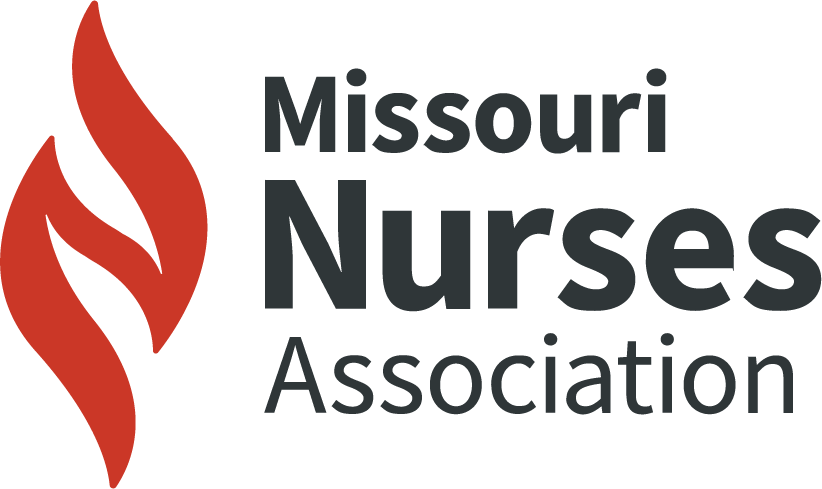IN 2011, DR. SUSAN STEINBERG had the daunting task as of informing a distraught spouse that her beloved husband of several years just died as a result of a myocardial infarction. Minutes later, the family started to arrive at the emergency room to say goodbye to their loved one. As family gathered and started to discuss possible causes, the spouse announced to the entire group that according to the doctor, her husband had died of a massive internal fart (Figley et al, 2013). While this is an amusing anecdote, this woman believed her husband died as a result of a large bout of gas—not a massive heart attack.
This communication disconnect between healthcare professionals and patients is unfortunately a common occurrence. Health care providers such as physicians, nurses, and patient care technicians are accustomed to medical vocabulary and acronyms that can create a barrier with patients. As an emergency department nurse, I witnessed this firsthand, usually on a daily basis. Often, patients do not fully understand their disease process, plan of care, or prognosis, which can lead to anxiety, depression, or frustration (Reinken & Reed, 2022; Zhang, 2017).
So, why don’t patients speak up? First, patients may not want to waste their provider’s time. It is no secret that hospitals are often packed with the sick and injured. Patients try to act and speak quickly as a convenience for providers; however, this negatively affects health literacy communication. Second, patients do not want to appear unintelligent or incompetent. Healthcare providers attend school for years, which can be intimidating to patients, especially those with low education levels. Lastly, “white coat syndrome” truly exists. This fear of seeking medical attention may trigger symptoms such as an increase in heart rate, blood pressure, and anxiety, leading to distraction and difficulty retaining information. Research has shown that poor recall increases patients’ risk for adverse effects, medical error, or in extreme cases even death (Siegrist et al., 2018).
However, healthcare providers do not always understand questions or concerns patients are trying to express. The conversation between the provider and the patient remains the primary diagnostic tool (Ofri, 2017). As medicine continues to evolve and grow, these conversations become even more essential.
Why do medical professionals use jargon? First of all, it is a faster, more efficient means of communication when seconds count. In the emergency department, acute changes in patients require fast action. By communicating in acronyms, medical teams can portray a complete medical synopsis in seconds. Next, the medical language that we studied for years becomes second nature and is often difficult to “turn off” in discussion. Some of these acronyms such as “EKG” and “IV” can even become difficult to explain in layman’s terms. Lastly, we assume that patients understand common medical terminology. In actuality, several patients have a misunderstanding of medical terminology used regularly, such as “febrile” and “NPO,” (Gotlieb et al., 2022).
Below is an example of medical jargon that ER staff might use to gain important information regarding an incoming EMS patient: 75 yo f, BIBEMS, CC c/p and RUE weakness x 4 hrs, hx CHF, CABG x 3, no CVA hx, ETA 5 mins to CT for CVA r/o. This sentence contains 19 acronyms, 4 numbers, and 5 actual words. Translation: A 75 year-old female, is being brought to the emergency room by EMS and has a chief complaint of chest pain and right upper extremity weakness for the past 4 hours. This patient has a past medical history of congestive heart failure, 3 coronary artery bypass grafts, but does not have any past medical history of a cerebral vascular accident (stroke). EMS will arrive in 5 minutes and go to computed tomography scan immediately to rule out a cerebral vascular accident. This sentence has 2 acronyms, 3 numbers, 75 words—a big difference. While the first example would not be used directly in communication with patients, it demonstrates the vast difference between sentences. Both relay pertinent information but are practically two different languages.
In 2020, the COVID-19 pandemic escalated this problem of miscommunication. As medical professionals attempted to navigate this challenging new era, quick decisions needed to be made to battle increasing mortality rates. Stress levels were high for both patients and healthcare workers. Patients questioned donning masks, immunizations, and the quarantine process. Some even questioned if COVID-19 was real. Healthcare workers felt high pressure to care for patients, maintain ever changing protocols, and comply with visitation regulations. Abiding by these protocols often led to patient aggression towards staff, verbal abuse, and at times even physical altercations. If patients had a better understanding of why these protocols were so important, some of these traumatic events could have been avoided.
Using medical jargon can lead to miscommunication and poor patient outcomes. Lack of understanding not only results in patient misconceptions, but also leads to the inability to make appropriate medical decisions that can be life-altering (Siegrist et al., 2018). Adequate knowledge about a health condition is especially pertinent to self-manage chronic illness such as diabetes, cancer, and heart disease. For example, diabetes is an extremely complicated disease process. If left improperly treated several other health complications such as kidney disease, neuropathy, and diabetic retinopathy can develop (American Diabetes Association, 2024).
The bottom line is that medical jargon is our language, not our patients’. It does not mean our patients are unintelligent. Taking the extra time to ensure patients’ understanding of illness or injury could improve their progress significantly. It is imperative that healthcare professionals stop using medical jargon in communication with patients. Otherwise, we are setting them up for failure, which is typically the opposite reason why we became nurses.
References
About Diabetes. (2024). Diabetes Complications: What you need to know about diabetes complications. American Diabetes Association, https://diabetes.org/about-diabetes/complications
Figley, C.R., Huggard, P., & Rees, C.E. (2013). First Do No Self-Harm. Oxford University Press.
Gotlieb, R., Praska, C., Hendrickson, M.A., Marmet, J., Charpentier, V., Hause, E., Allen, K.A., Lunos, S., & Pitt, M.B. (2022). Accuracy in Patient Understanding of Common Medical Phrases. Journal of the American Medical Association, 5(11), doi:10.1001/jamanetworkopen.2022.42972
Ofri, D. (2017). What Patients Say, What Doctors Hear. Beacon Press.
Reinken, D.N. & Reed, S.M. (2022). Mishel’s uncertainty in illness theory: Informing nursing diagnoses and care planning. International Journal of Nursing Knowledge, 1-9, DOI: 10.1111/2047-3095.12406
Siegrist, V., Langewitz, W., Mata, R., Maiori, D., Hertwig, R., & Bingisser, R. (2018). The influence of information structuring and health literacy on recall and satisfaction in a simulated discharge communication. Patient Education and Counseling, 101, 2090-2096.
Zhang, Y. (2017). Uncertainty in Illness: Theory review, application, and extension. Oncology Nursing Forum, 44(6), 645-649.





























